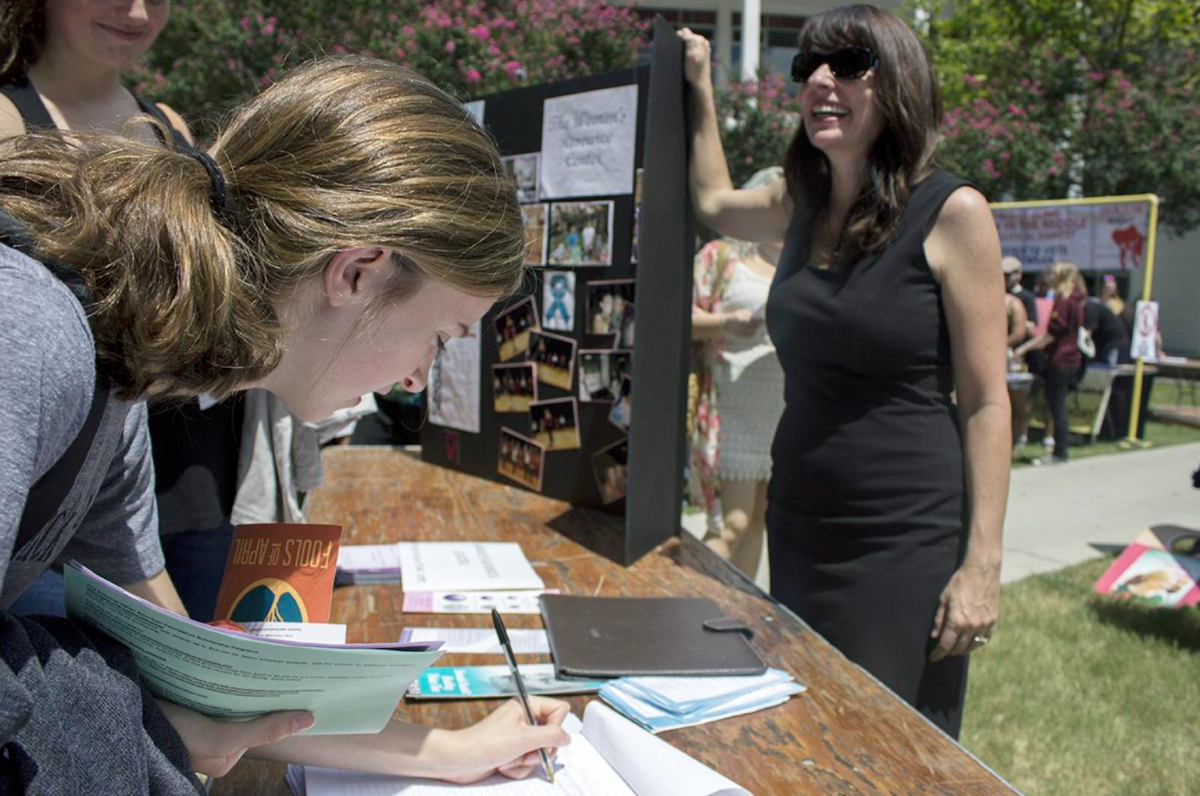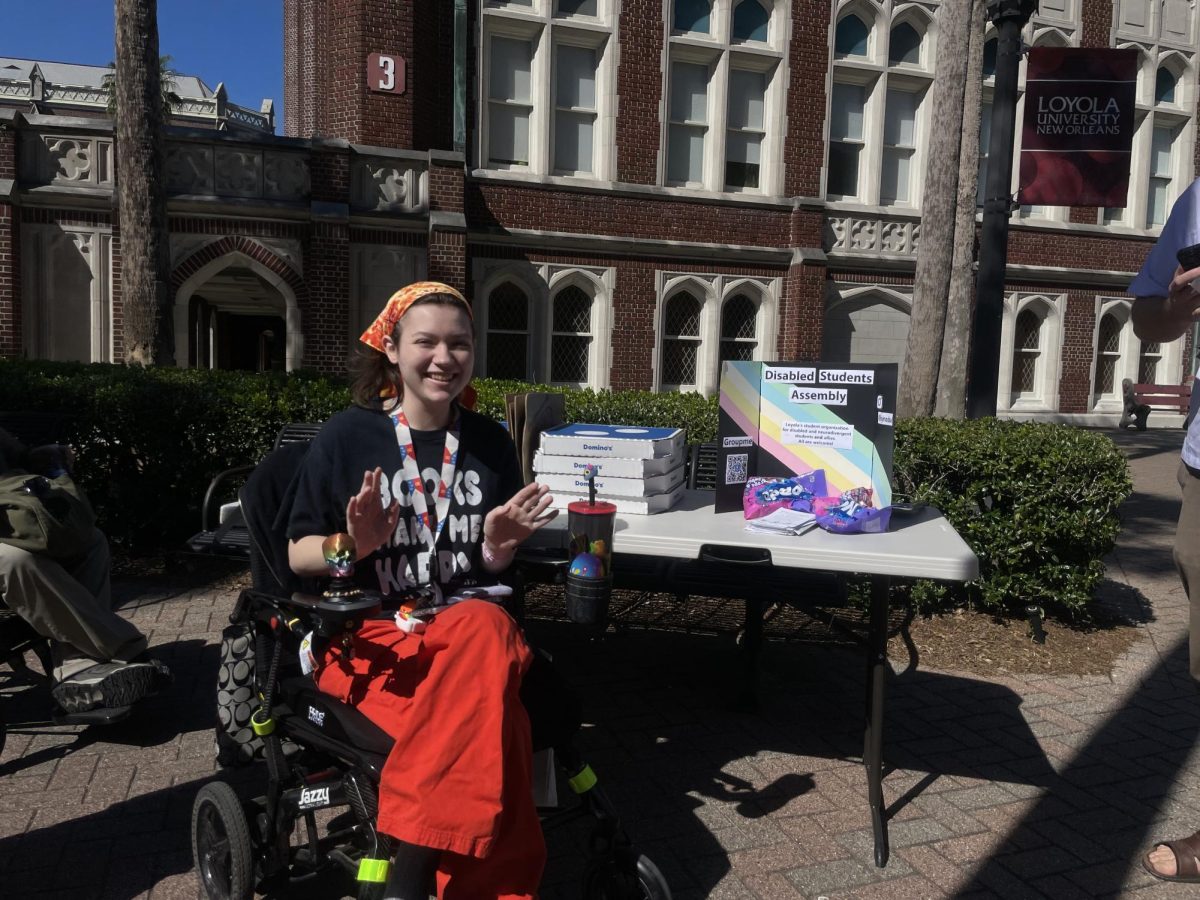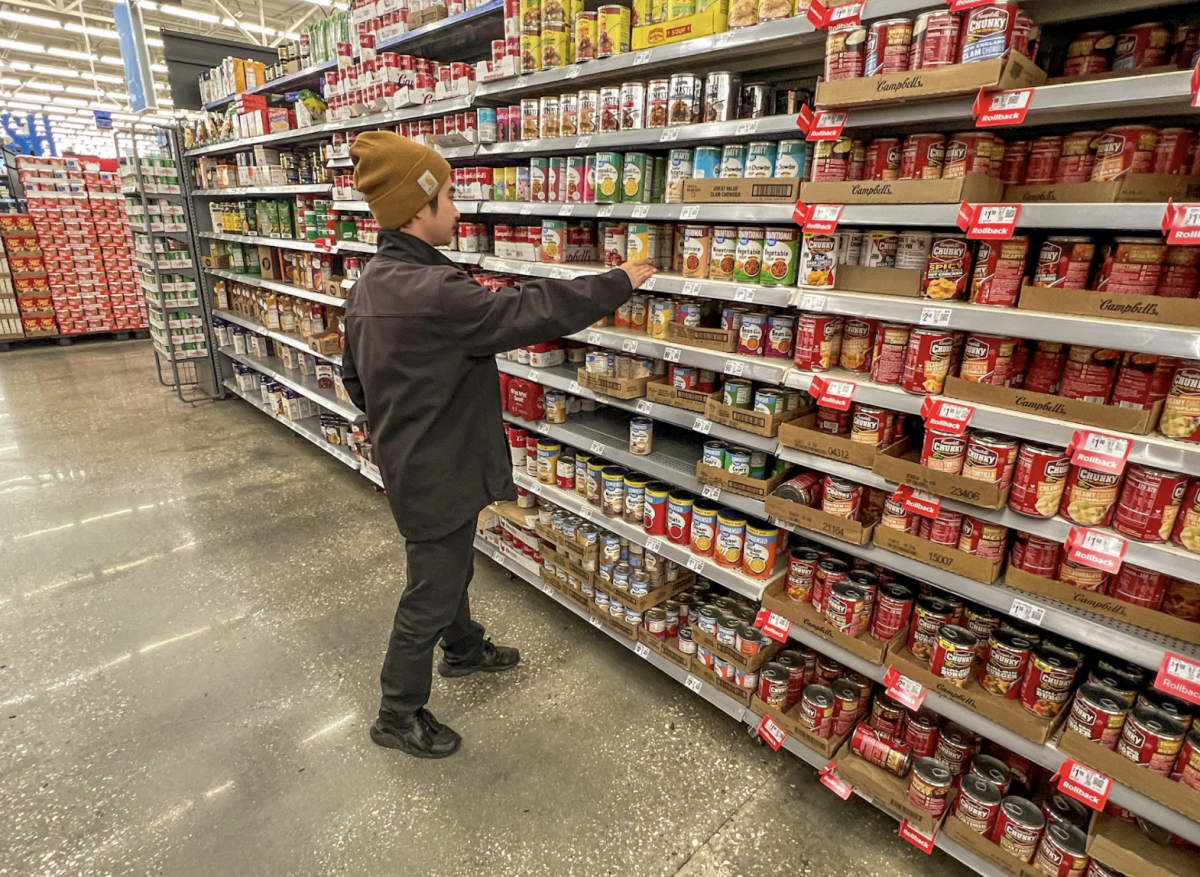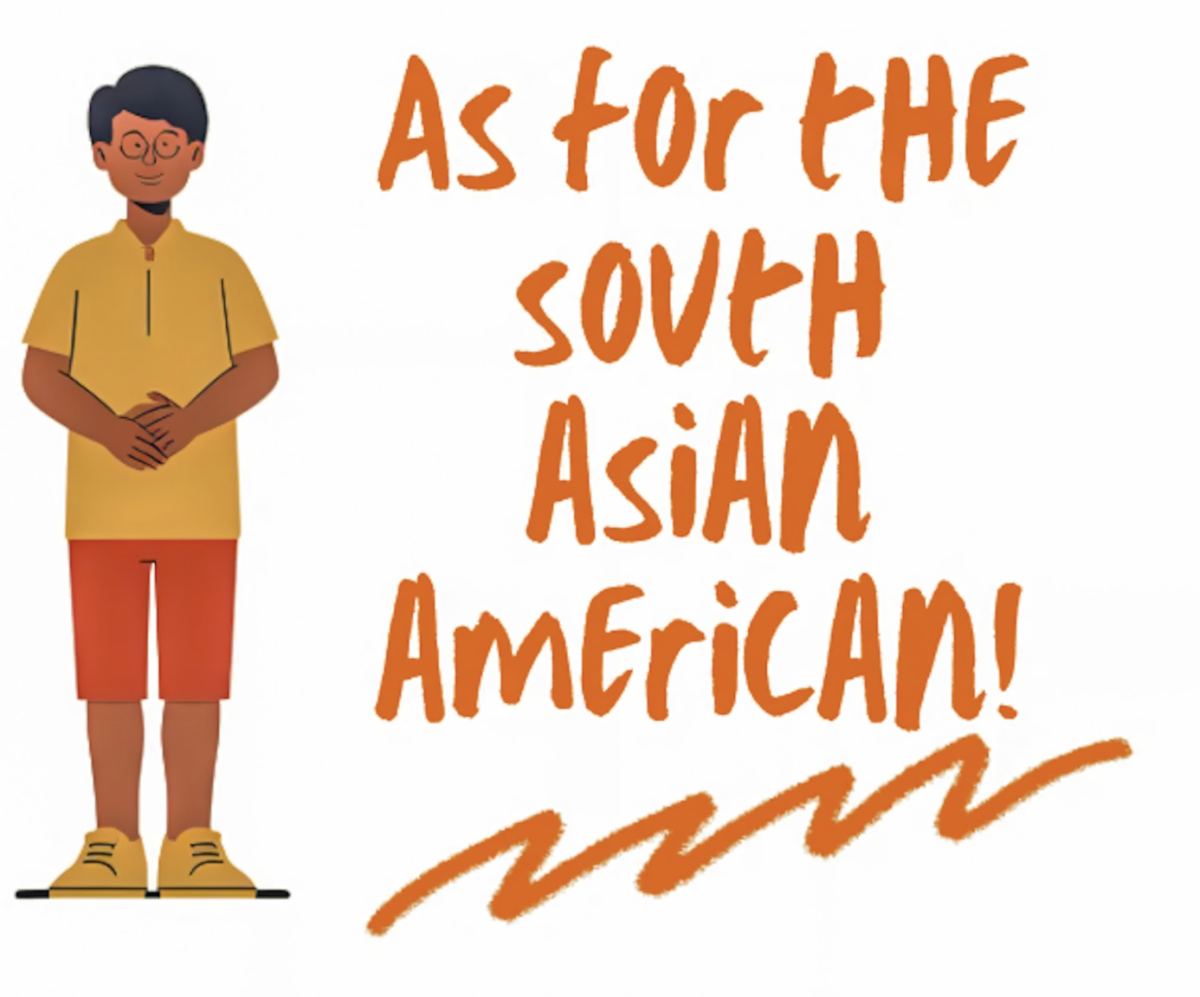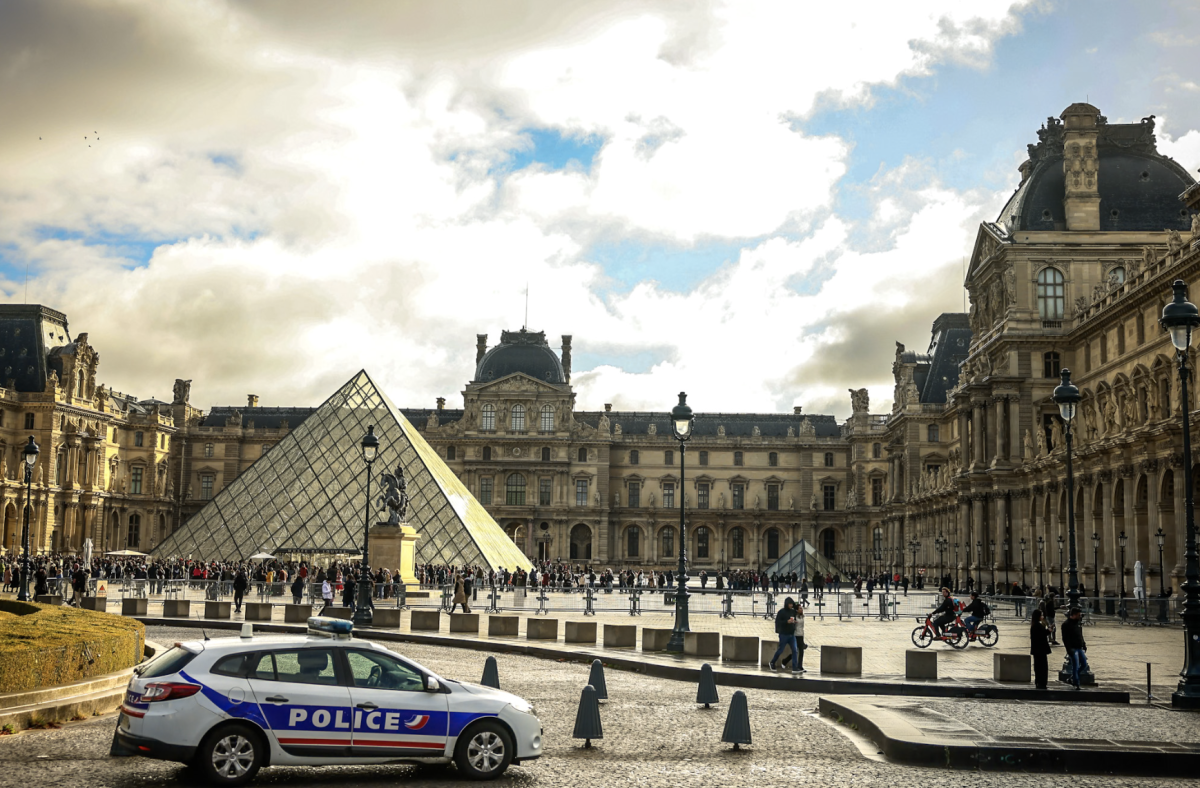Arriving on O’Connell Street in Dublin for the first time was a trip back to the “West,” a place where not being white wasn’t all that distinctive, and where I didn’t get stares every time I walked down the street.
In fact, I was the one guilty of goggling at the diversity of Dublin that I had could have forgotten existed while I was in Estonia.
I found myself en route to Dublin to reunite with a close childhood friend, a longtime travel mate in the States and a ghost from the past I needed to reconnect with.
I had just spent two months in the midst of an Estonian winter, and it was my chance to head toward warmer weather.
While being back in familiar settings (a McDonald’s with free Wi-Fi) was great, all I wanted was to see a familiar face. My friend had already been in Dublin for a couple of days. It was her first trip to Europe.
Her excitement helped me momentarily forget the annoyances and hustles of budget traveling. This was her adventure, I thought, and I was just accompanying her for the ride.
Additionally, the idea of going on what I thought was a “break” while I was already on a “break” of sorts was all too unsettling.
Dublin offered me what I had expected of a Western metropolis: a sprawl of architecture of vastly different art styles and ages, a splurge of trivial local history and a sea of cold colors and nameless faces.
Save for picture-whoring on Grafton Street and properly consuming a meal of Guinness to the melancholy sounds of singing Irishmen, the allure of being young in a European capital was lost upon me.
I was slightly disillusioned with the romantic urban vision that I was used to in New York City, with the technology, the modern conveniences and the high-maintenance tourist experience.
At some point upon returning to Tartu, Estonia, I was reminded of a G.K. Chesterton quote: “The traveler sees what he sees. The tourist sees what he has come to see.”
I had never come to terms with the unsettled and uncomfortable thoughts and feelings I experienced in Dublin.
I realized then that I had forgotten what it meant to be a traveler.
“Touring” Europe did not reflect me, or why I decided to head south to New Orleans for school, or even why I journeyed to Estonia.
So I stood on the first road out of town with an equally free-spirited friend from the Czech Republic whom I befriended in Tartu.
We put our thumbs up and let the European travel winds blow us far and wide to see what there was to see.
Over the course of a month after I finished my semester studies, I traveled almost 2,000 miles and discovered so much about myself, about the often overlooked and disregarded beauty of “Eastern” Europe and about the general goodness of the human spirit.
There’s no comparable way to “immerse” oneself in a culture, or to understand a people, than by entrusting them with your life – your hopes, your fears, your yearnings to see life through their eyes.
Those irreplaceable moments spent hitchhiking and Couchsurfing fostered much personal growth, newfound confidence and encouraging hope in humanity.
For a short month, I saw what there was to see, and truly traveled.
Christian Edlagan is studying abroad in Tartu, Estonia. He can be reached at
cledlaga@loyno.edu


